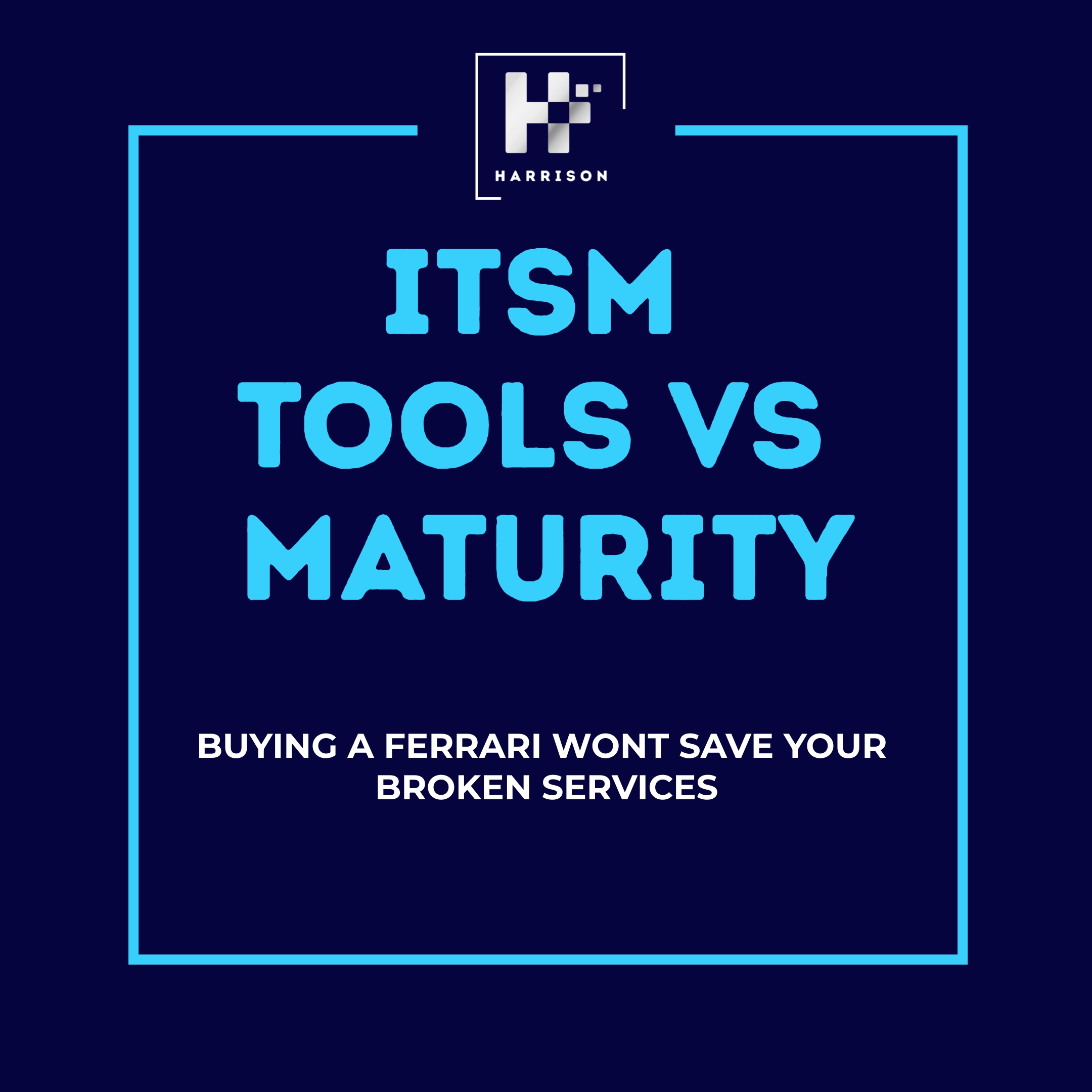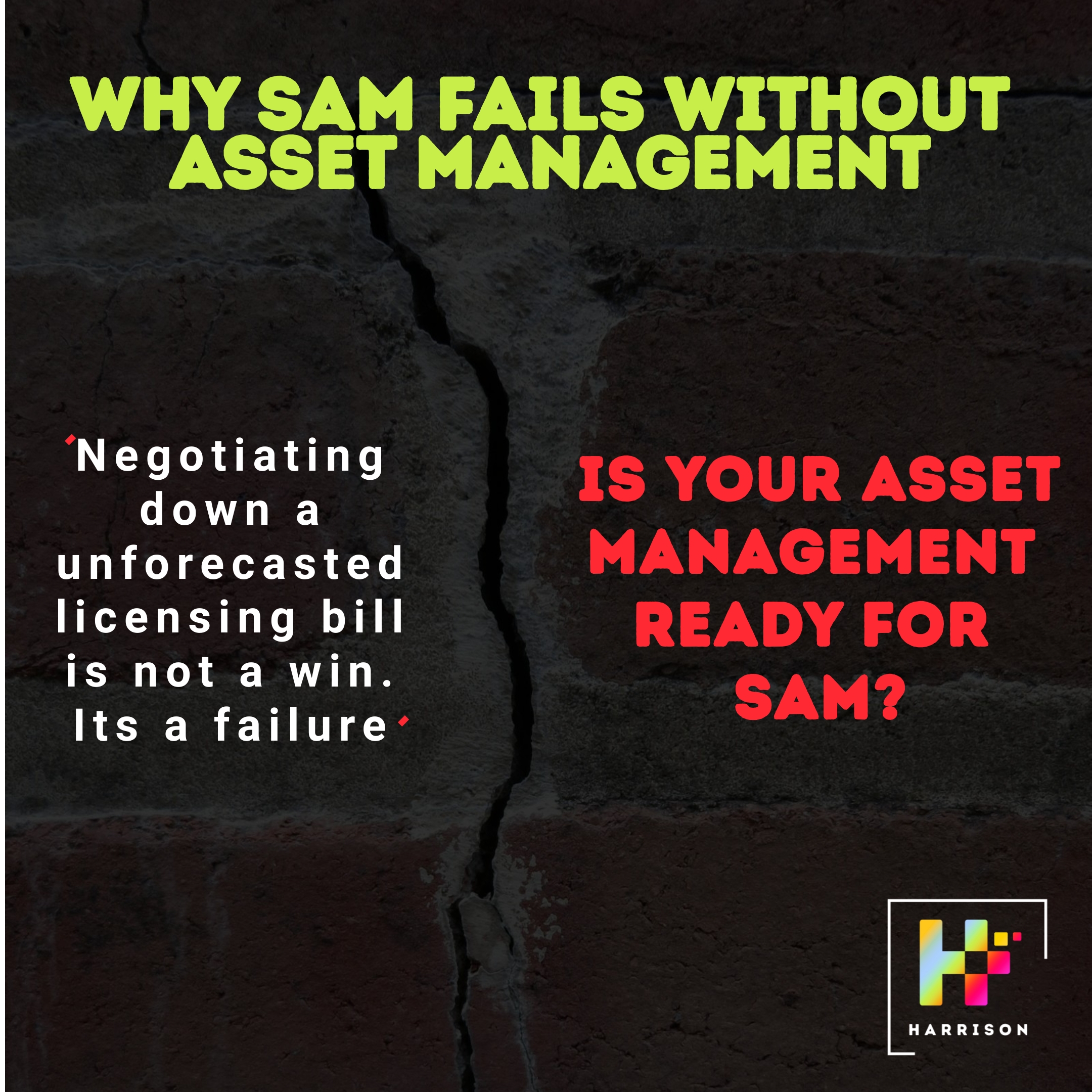Service Level Management – SLAs Mean Nothing Without Execution
TIL Leadership Playbook – Week 6, Blog 2
“Dashboards don’t earn business trust. Delivery does.”
The Illusion of Success: Why SLA Dashboards Are Lying to You
Every CIO knows the look:
A glowing SLA dashboard with 99.9% uptime.
95% of incidents resolved on time.
Monthly service reviews signed off with a nod.
But here’s the brutal truth:
SLAs are the easiest place to fake IT success.
They make failure look like progress.
They turn stakeholder pain into numeric greenwash.
And worst of all — they convince CIOs that everything is under control… until it isn’t.
This is the core rot at the heart of Service Level Management in many organisations.
SLM has become a reporting function, not a delivery engine.
It monitors metrics nobody uses, tracks contracts nobody enforces, and runs meetings nobody acts on.
What SLM Was Meant to Be (And Still Can Be)
ITIL never meant for Service Level Management to be about dashboards.
It’s a leadership discipline.
Done right, SLM is the central nervous system of value delivery — capturing what the business needs, translating it into technical obligations, enforcing that across internal teams and suppliers, and relentlessly tracking and improving execution.
Let’s break that down:
-
SLRs: The Real Origin of SLM
Service Level Requirements (SLRs) are born in the design phase — not after go-live.
If your SLM team isn’t embedded in service design, your SLA metrics are already compromised. -
Supplier Alignment: SLAs, OLAs, and UCs
SLM should negotiate SLAs and XLAs directly with external suppliers or feed binding SLRs into procurement.
Yet too often, sourcing signs contracts without understanding operational reality — and you end up with mismatched SLAs that no one can meet. -
OLAs and Internal Chaos
If your internal Operational Level Agreements don’t support your external SLAs, you’re breaching promises by design.
And nobody’s accountable for the gap. -
Reporting and Governance Rhythms
Daily tactical dashboards, weekly performance check-ins, monthly service reviews, quarterly improvement cycles.
That’s what real SLM looks like.
If you’re not doing all four — you’re just admiring the problem. -
XLAs and the Experience Gap
If you’re not measuring how services feel to end users — time to satisfaction, clarity of communication, speed of resolution — then you’re managing the wrong thing.
✅ The Good: When SLM Becomes the Value Delivery Engine
In mature organisations, SLM plays a strategic and operational role:
-
SLRs captured in the design phase — and used to define what’s monitored, what’s promised, and what’s contractually agreed.
-
Supplier and internal teams governed to the same expectations, with OLAs and UCs fully aligned to SLAs.
-
XLAs are real and tracked: not just sentiment scores but lived experience metrics tied to actual service behaviour.
-
Service reviews lead to change, not just PDFs.
-
SLM owns the rhythm — not just a monthly meeting, but daily reporting and real-time escalation.
-
Procurement listens to SLM — and SLM has the data to justify its demands.
This is where trust is earned. This is where IT proves its commercial maturity.
❌ The Bad: Where Most Orgs Live Today
Let’s call it out:
-
No SLRs. Services launch without defined expectations — so SLA reporting is meaningless.
-
Sourcing signs deals that ops can’t support. Procurement optimises for cost, not execution.
-
Suppliers game SLAs. “We met our targets” — while customers rage on social media.
-
No ownership of XLAs. “That’s a UX thing” — no one’s measuring what users actually feel.
-
Dashboards lie. SLAs are green. Customers are angry. Nobody asks why.
-
Service reviews are pantomimes. People attend. Reports are shared. Nothing changes.
-
No one connects SLM to CSI. Breaches don’t lead to improvement.
-
SLM isn’t in the room when services are designed. And then gets blamed when things fail.
🧠 CIO WAR CHEST: Questions That Rip the Lid Off SLM
If you want the truth — start asking these.
-
Were Service Level Requirements (SLRs) captured during service design — and are they traceable to current dashboards?
-
Ask: Service Design Lead, Service Level Manager
-
Data: SLR documentation, service monitoring definitions
-
-
Who owns SLA and XLA negotiations with suppliers — and how do they align with internal OLAs?
-
Ask: Vendor Manager, Procurement Lead, SLM Lead
-
Data: Contract matrices, OLA-SLA alignment docs
-
-
What metrics are captured to track user experience (XLA)?
-
Ask: Customer Experience Manager
-
Data: Net Effort Scores, satisfaction trends, experience dashboards
-
-
What’s the tactical rhythm of service governance?
-
Ask: Service Level Manager
-
Data: Daily/weekly/monthly/quarterly meeting records, breach logs, action trackers
-
-
How many SLA breaches led to structural change — not just apology emails?
-
Ask: Continual Improvement Lead
-
Data: CSI register, post-review actions
-
🎯 The Big Provocation: You Don’t Manage What You Don’t Design
If your SLM team isn’t at the table during service design — your dashboards are irrelevant.
If your supplier SLAs aren’t backed by OLAs — your service is a liability.
If you don’t track how people feel — you’re measuring cost, not value.
If you don’t act on breaches — your governance is theatre.
🛠 How We Help
We help CIOs transform Service Level Management from passive reporting to active, value-driven execution.
We:
-
Embed SLM into service design.
-
Define SLRs that align with business value.
-
Align internal OLAs and supplier SLAs.
-
Operationalise governance that drives improvement.
-
Build XLAs that measure what customers actually feel.
👉 Contact us now to rebuild your SLM into a strategic business weapon.
🔜 Next Up: Risk, Control & Business Continuity
We’re heading into Week 7 — where we’ll tackle how IT leaders enable agility without losing control.
Up next:
-
Blog 13: Change Enablement – Why ITIL Must Integrate With Agile & DevOps
-
Blog 14: Financial Management – The Most Underrated CIO Lever
Follow us
Latest articles
December 7, 2025
December 7, 2025
December 7, 2025
December 7, 2025
December 7, 2025
December 7, 2025








